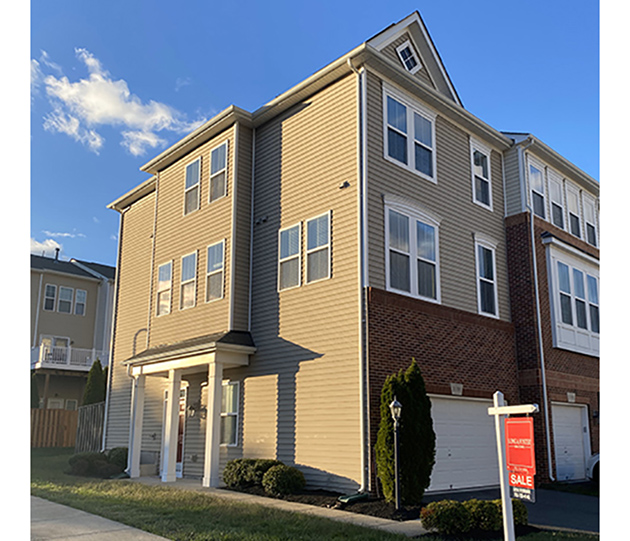
Existing-Home Sales Recede

Existing-home sales slid in March, the National Association of Realtors reported Thursday.
Total existing-home sales–completed transactions that include single-family homes, townhomes, condominiums and co-ops–fell 5.9% from February to a seasonally adjusted annual rate of 4.02 million in March. Year-over-year, sales drew back 2.4%.
Sales slid in all four major U.S. regions, the trade group reported. Year-over-year, sales dropped in the Midwest and South, increased in the West and were unchanged in the Northeast.
“Home buying and selling remained sluggish in March due to the affordability challenges associated with high mortgage rates,” NAR Chief Economist Lawrence Yun said. “Residential housing mobility, currently at historical lows, signals the troublesome possibility of less economic mobility for society.”
In a written commentary, Wells Fargo Economics agreed, noting affordability challenges are dampening resales as the spring selling season starts. “Although buyer financing costs temporarily dipped lower in March, mortgage rates have jumped back to near 7% in April alongside recent financial market volatility. In addition to the elevated stance of mortgage rates, affordability continues to be pressured by rising home prices,” the report said.
NAR reported total housing inventory at the end of March registered 1.33 million units, up 8.1% from February and 19.8% from a year ago. Unsold inventory sits at a 4.0-month supply at the current sales pace, up from 3.5 months in February and 3.2 months in March 2024.
The median existing-home price for all housing types rose to $403,700 in March, up 2.7% from a year ago. All four U.S. regions registered price increases.
“In a stark contrast to the stock and bond markets, household wealth in residential real estate continues to reach new heights,” Yun said. “With mortgage delinquencies at near-historical lows, the housing market is on solid footing. A small deceleration in home price gains, which was slightly below wage-growth increases in March, would be a welcome improvement for affordability. With real estate asset valuation at $52 trillion, according to the Federal Reserve Flow of Funds, each percentage point gain in home prices adds more than $500 billion to the household balance sheet.”
